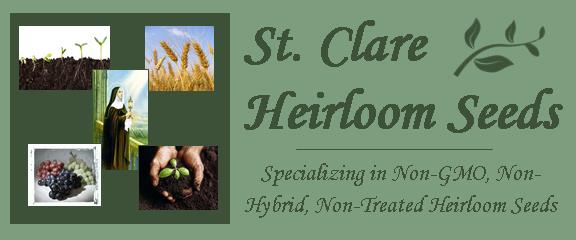One of the most important elements of success in growing heirloom vegetables is planting, or transplanting, each crop at the time or times that are best for the operation in each locality. Temperatures often differ so much between localities not many miles apart that the best planting dates for some one vegetable may differ by several days or even 2 weeks.
heirloom Vegetable crops may be roughly grouped and sown according to their hardiness and their temperature requirements. The frost-free date in spring is usually 2 to 3 weeks later than the average date of the last freeze in a locality and is approximately the date that oak trees leaf out.
The heirloom gardener naturally wants to make the first planting of each garden vegetable as early as he can without too much danger of its being damaged by cold. Many heirloom vegetables are so hardy to cold that they can be planted a month or more before the average date of the last freeze, or about 6 weeks before the frost-free date. Furthermore, most, if not all, cold-tolerant crops actually thrive better in cool weather than in hot weather and should not be planted late in the spring in the southern two-thirds of the country where summers are hot. Thus, the heirloom gardener must time his planting not only to escape cold but with certain crops also to escape heat. Some heirloom vegetables that will not thrive when planted in late spring in areas having rather hot summers may be sown in late summer, however, so that they will make most of their growth in cooler weather.
For areas in the Plains region that warm up quickly in the spring and are subject to dry weather, very early planting is essential to escape heat and drought. In fact, most of the cool-season garden crops do not thrive when spring planted in the southern part of the Great Plains and southern Texas. Along the northern half of the Pacific coast, warm-weather crops should not be planted quite so late as the frost date and table would indicate. Although frost comes late, very cool weather prevails for some time before frost, retarding late growth of crops like heirloom sweet corn, lima beans, and heirloom tomatoes.

